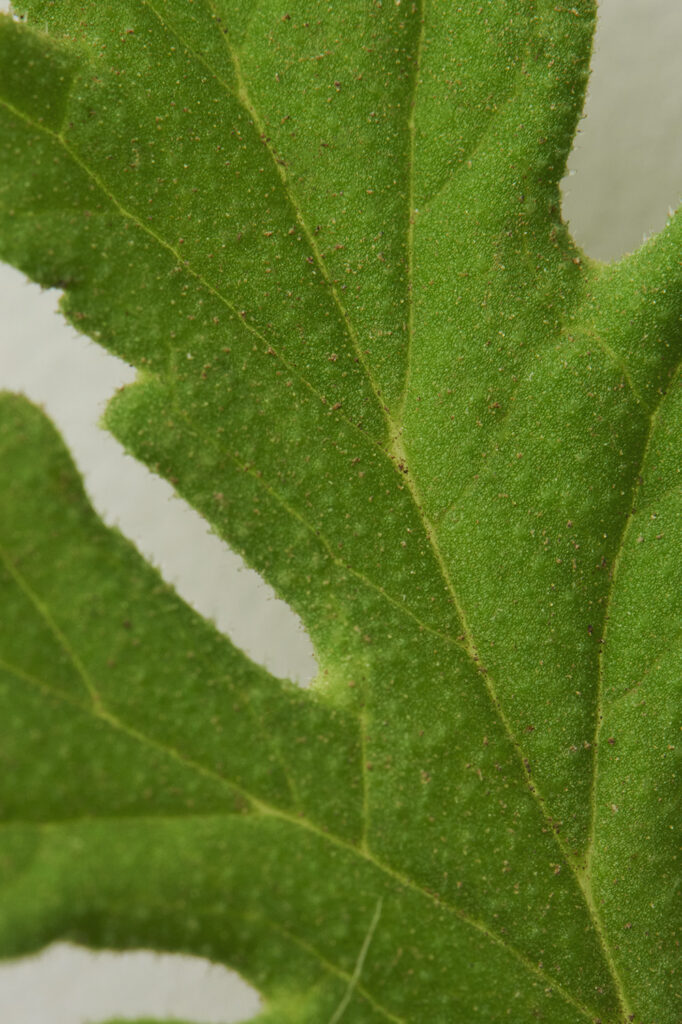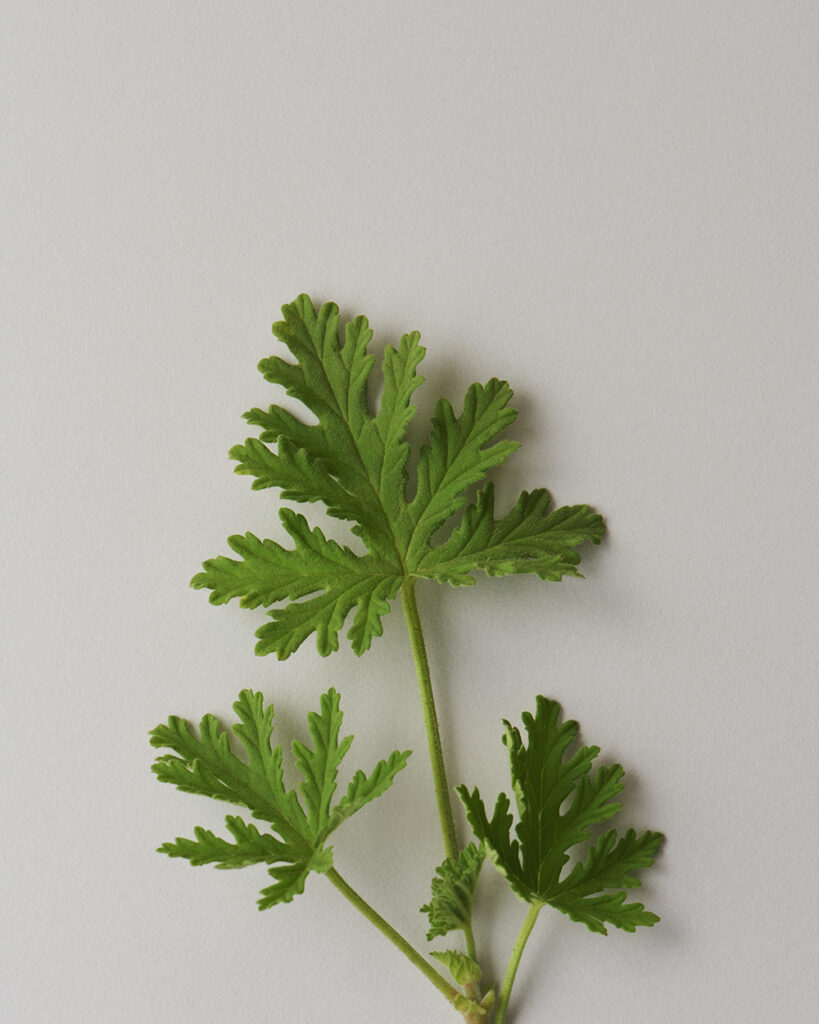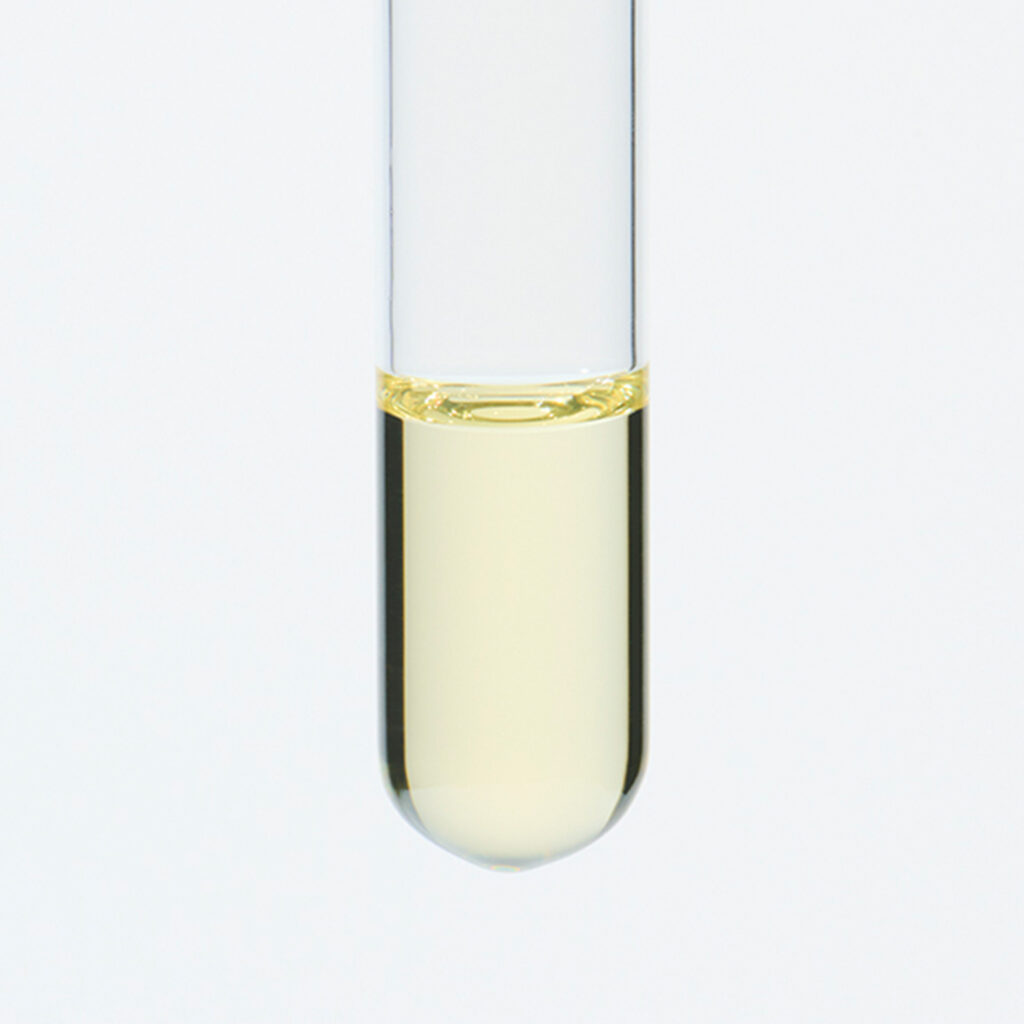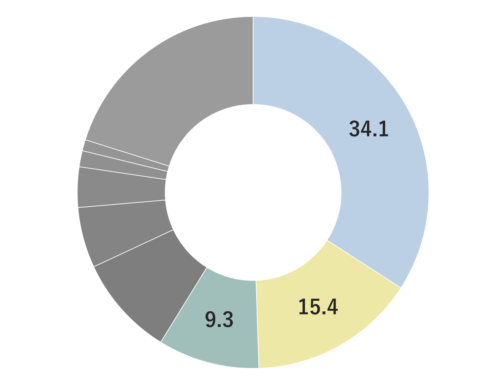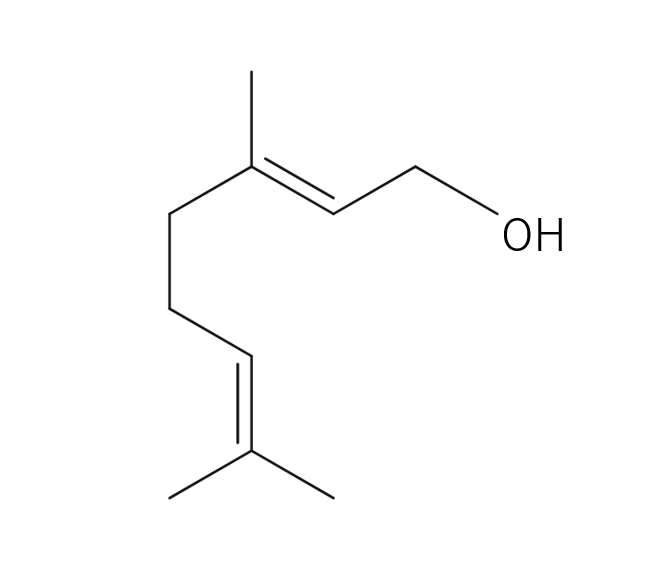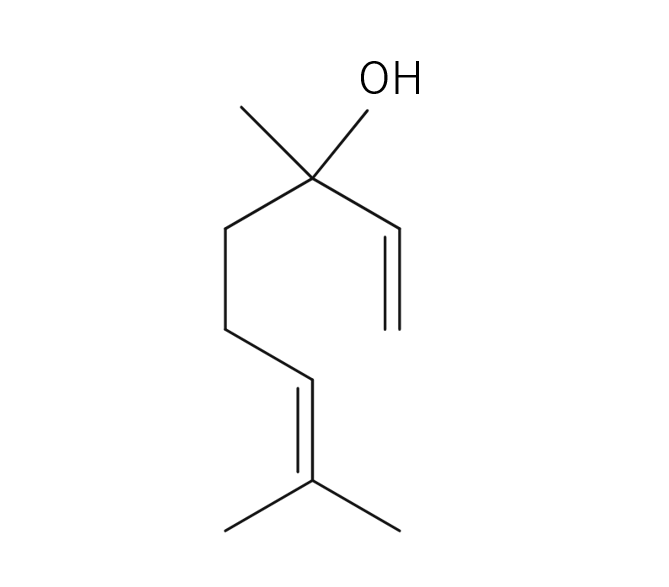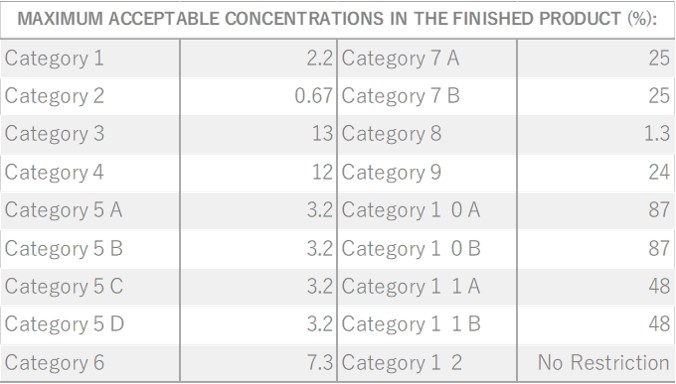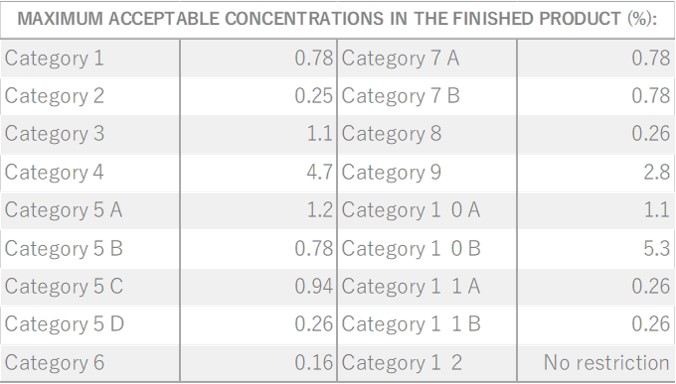About 0.15% of Geranium essential oil is obtained by steam distillation from the whole plant and has a light yellow to deep, dark yellowish color. The primary constituents of Geranium essential oil include geraniol, abundant in roses, as well as linalool and citronellol, both known for their relaxing properties, contributing to the oil's refreshing sweetness.
Historically, Geranium was used in fougere fragrances, but its application has evolved, and it is now commonly found in transparent floral notes. Its fragrance is characterized by a rich, mellow, rose-like sweetness, complemented by a greenish calmness that isn't overpowering and gently envelops the senses. This aroma is popular among women, but its subtle green tones also make it a favorite choice among men. Given its potent scent, it is advisable to maintain a balanced blend, ensuring not to overpower by using excessive amounts.
